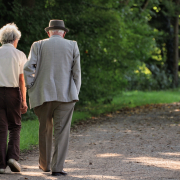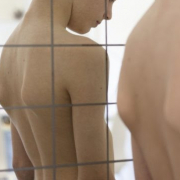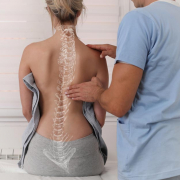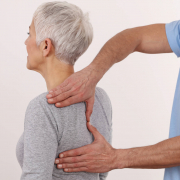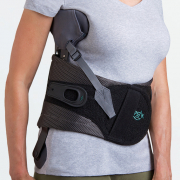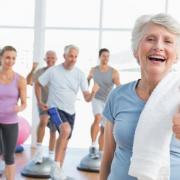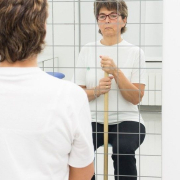Adult scoliosis and fracture risk: a frequently overlooked connection
In elderly patients, the fracture risk is often attributed solely to bone fragility. However, one frequently overlooked factor is the presence of adult scoliosis, which can significantly increase the risk of falls and, therefore, fractures.
This condition, which may stem from progressive juvenile scoliosis, arises as “de novo” scoliosis in adulthood or is degenerative — that is, related to arthritic, degenerative phenomena and metabolic alterations — often leads to changes in postural alignment, particularly in the sagittal plane. The trunk leans forward, lumbar lordosis is lost, and the pelvis rotates backwards; thus, it develops what is known as a flexed posture, a typical condition of pathological ageing, which heavily impacts balance and mobility.
These biomechanical changes are not only aesthetic or functional issues; they are determining factors for static and dynamic balance and, therefore, significantly increase the risk of falls. Scientific studies confirm this: hyperkyphotic posture, for example, has been associated with a higher incidence of falls and, in a 2004 study involving over 1,300 adults, was found to be an independent predictor of mortality.
For an older adult with bone fragility, falling may result in a fractured femur, vertebra, or wrist — events that often lead to hospitalisation, loss of independence, and, in many cases, irreversible functional decline.
Worsening the clinical picture is often the presence of sarcopenia, the progressive loss of muscle mass and strength, common among older adults with scoliosis, as documented in the 2017 study “Sarcopenia and falls in patients with adult scoliosis”. This condition further reduces stability and reaction capacity, creating a vicious circle: less balance → more fear of falling → less activity → more weakness → even greater risk.
Even surgery does not represent a definitive solution: as reported by Glassman et al. (2016), even after the operation, sagittal alignment alterations may persist, maintaining a high risk of falls.
In light of this evidence, the message is clear: adult scoliosis cannot be considered a “benign” condition simply because it has stabilised. On the contrary, it requires clinical attention, monitoring, and personalised interventions. During adulthood, particularly between the ages of 40 and 60,the overall trunk alignment must be carefully monitored to detect the first signs of postural changes and take action to correct them. At the same time, the spine is still sufficiently mobile. When ageing progresses further and the older adult begins to bend forward, full recovery becomes difficult, and treatment aims to prevent further deterioration.
Fortunately, physiotherapy can offer effective responses: specific programmes to restore sagittal alignment, exercises for stability and postural control, pain management and functional improvement. Muscle strengthening and balance training have proven useful in reducing fall risk and, therefore, in preventing fractures and hospitalisation.
In conclusion, considering adult scoliosis as an independent risk factor for fractures — on par with osteoporosis — means acknowledging the importance of a multidimensional approach.
Early and targeted treatment of scoliosis can serve as a key lever in reducing fracture events, hospitalisations, and loss of independence in older adults. Fall prevention also starts with the spine.

